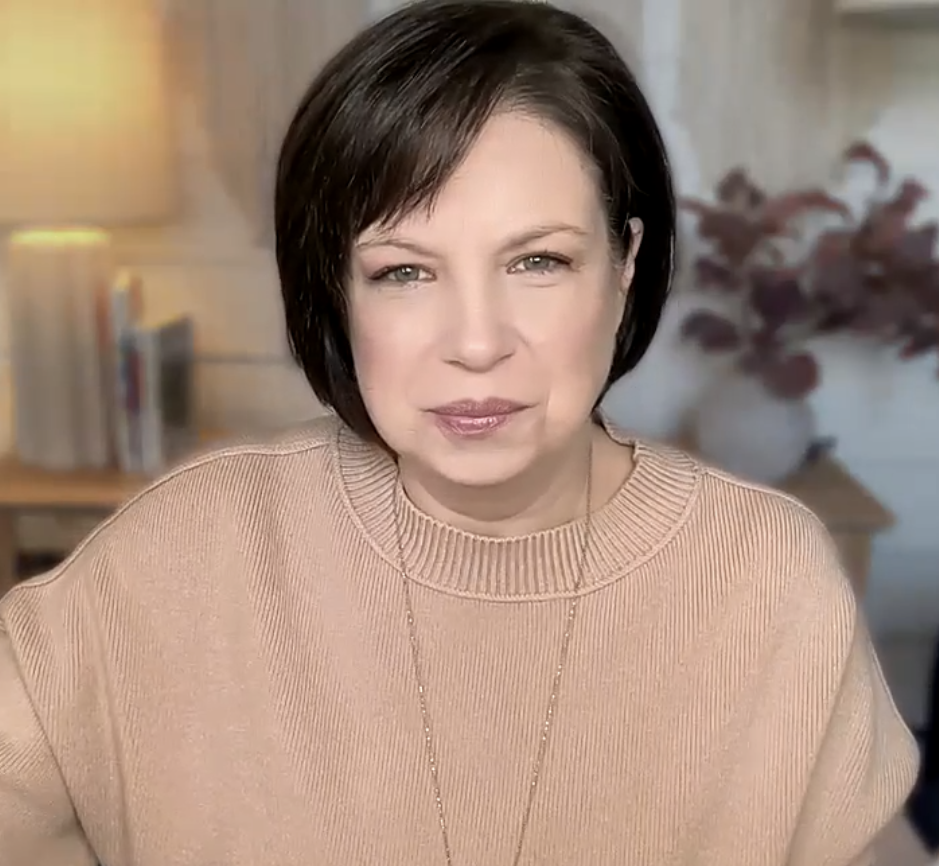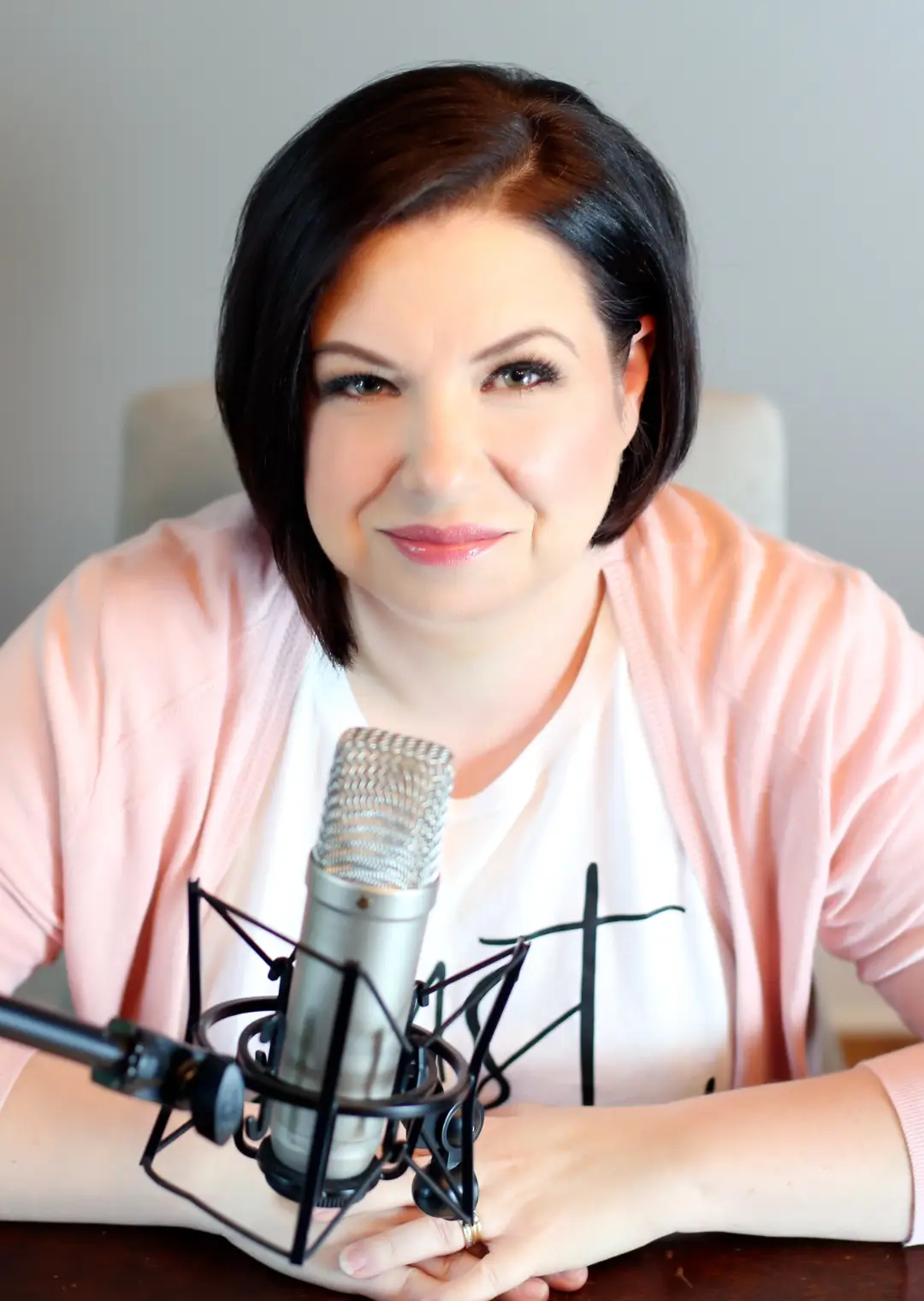LAUREN SPIGELMYER, M.ED.
Over the past 10 years, I’ve helped SOOOO many people learn about the brain and how it impacts learning and well-being, which in turn changes behavior. With my master’s degree in education and a background in coaching, I thrive on building brain and research-based, child-driven trainings and courses. Being an adventurer, I love to find nontraditional solutions and make sure that boundaries are pushed.
When not solving problems for parents, I travel the world to explore non-western psychological approaches, such as Indian yoga, Chinese qigong, African drumming, and capoeira from Brazil. I also travel for food, fun, and the experience – it’s not all work! I create and teach brain biology courses at University of Pennsylvania, which aligns to my current research in behavioral neuroendocrinology. This field is FASCINATING! Aside from all the work stuff, I love to study wine, explore stinky cheese, hike, read, grow my jungle of a plant collection, ride motorcycle, and hang with my favorite humans.







